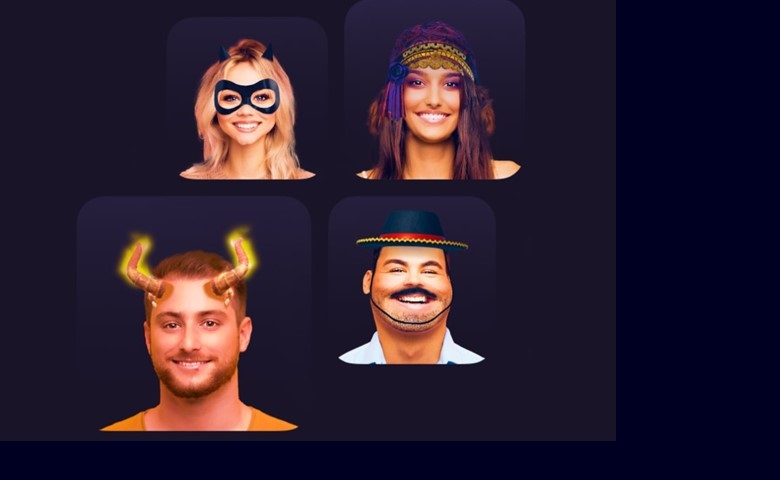
Augmented reality: Top 5 best SDKs for developing application – Quintdaily
Augmented reality is an innovative technology that has been actively penetrating daily processes. It is an excellent tool for blogging, business promotion, training, and other areas. Every company aims to create an app to expand the customer base. This is a way to effectively improve interaction with users who can order goods or services at any convenient location. Furthermore, the development of the IT industry has made it possible to achieve tremendous results. This is driven by the use of augmented reality tools. One of them is the Banuba SDK.
This technology combines computer-generated objects and our environment. That is, elements created by developers are added to reality, thereby complementing it and diversifying it. This tool is relevant to almost all business sectors, such as:
Also, augmented reality is relevant for blogging since it helps to improve the quality of content and adds a touch of uniqueness.
1. Banuba SDK to Enhance Photos and Videos
The Banuba SDK is one of the most popular toolkits. It is in demand because of the variety of its features. There are a couple of options available to you: the Video Editor SDK and the Face AR SDK. The first one is designed to improve your finished or real-time video content and includes:
You can process short TikTok-style videos that will eventually attract the attention of a huge audience.
As for Face AR, the module includes:
A variety of features is an opportunity to create an application that changes the content completely. A photo or video will gain distinctive features, which is important for differentiating a product or service among competing solutions. Applications with augmented reality tools will help in the promotion of online stores enabling customers to try on beauty products, wigs, and more.
2. ARToolKit with Beauty AR and Other Tools
ARToolKit is a free module adapted for different platforms. It can be used on Android and iOS, as well as Windows, Linux, and OS. ARToolKit was first released in 1999. Over the years, the developers have made many changes. For example, the latest version includes:
The module uses beauty AR as well as other tools for generating perfect images. The toolkit is delivered with several additional plugins. You are offered Unity and OpenSceneGraph. They are used to create powerful effects, simulations, and scientific visualizations.
3. ARKit by Apple
ARKit is a tool for creating augmented reality apps that is only supported on iOS. It employs a lot of contemporary trends:
Apple developers put a lot of effort into making sure that the tools are comprehensible to users and perform the set tasks. Tutorials and ARKit updates are provided with each new version of iOS.
4. Vuforia: Multifunctional Module for Development of Software
Vuforia is an augmented reality toolkit that offers many innovative solutions. It supports the development of marker-based and markerless environments. Its main functions include:
The module is intuitive, fast, and easy to use.
5. ARCore: Free Module with Many Features
ARCore is an analog of ARKit. However, in this case, the module is developed by Google and adapted exclusively for the Android platform. You are offered a standard set of features, including:
There are also additional options available. For example, there are customizable responses to objects of a certain type and multiplayer mode. The implementation of ARCore Unity enables users to create original effects that will instantly capture the users’ attention.
Toolkits for Creating Applications with Augmented Reality: Feature Selection
You are offered a variety of tools that can be integrated into your application when you develop it. The main advantage of ready-to-use modules is that they are intended as a generic solution. Toolkits save developers a lot of time because there is no need to simulate augmented reality on their own.
When choosing the best SDK, consider the basic criteria. They will help you understand how well the module meets your needs. The parameters are provided below.
When it comes to your choice, make sure it is based on your needs. The tools must be capable of full-scale performance of the tasks set during the development of the application.
This content was originally published here.


